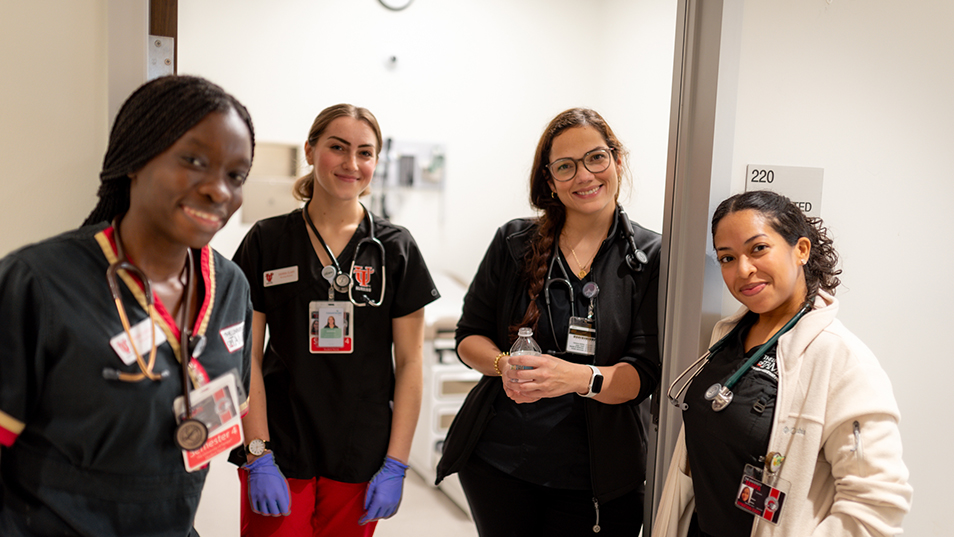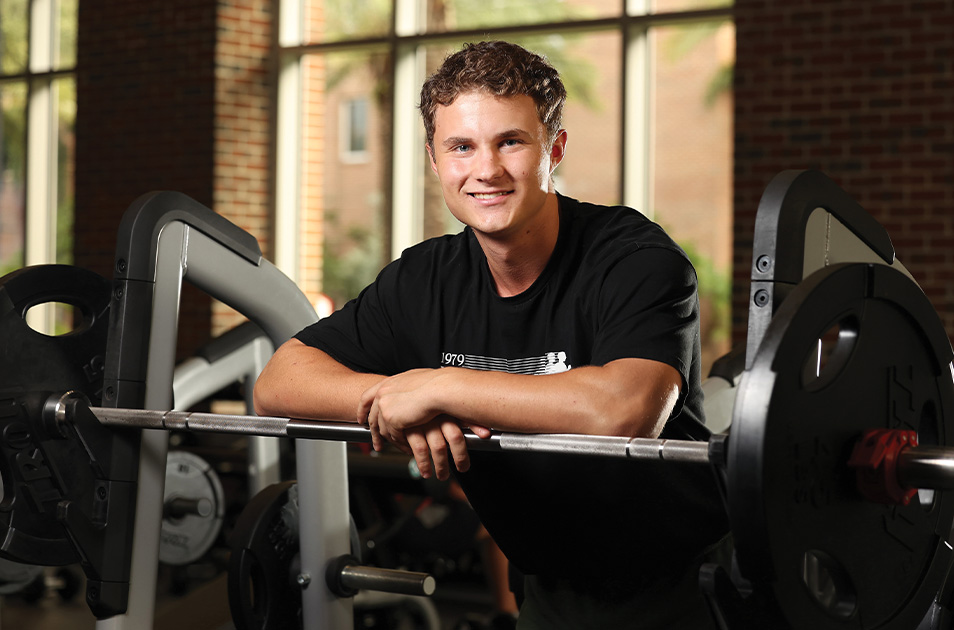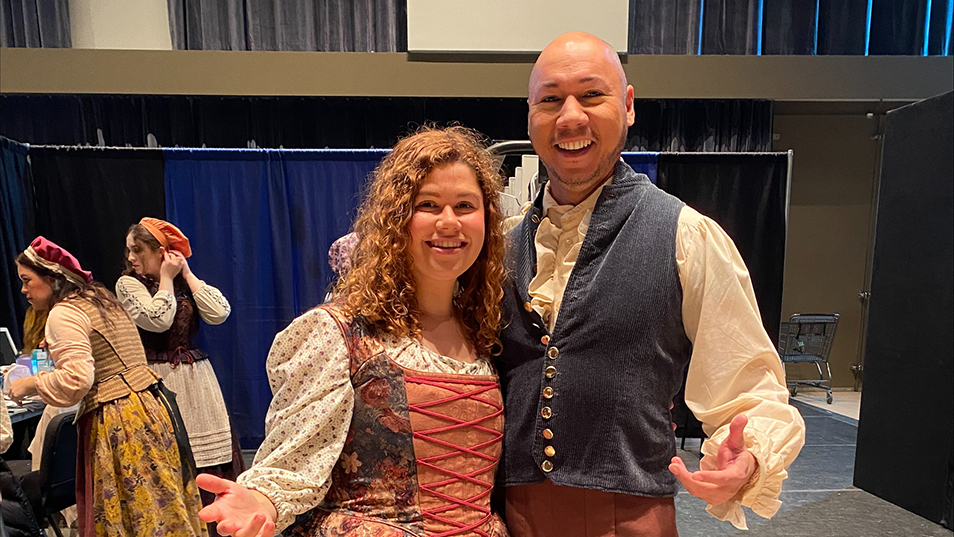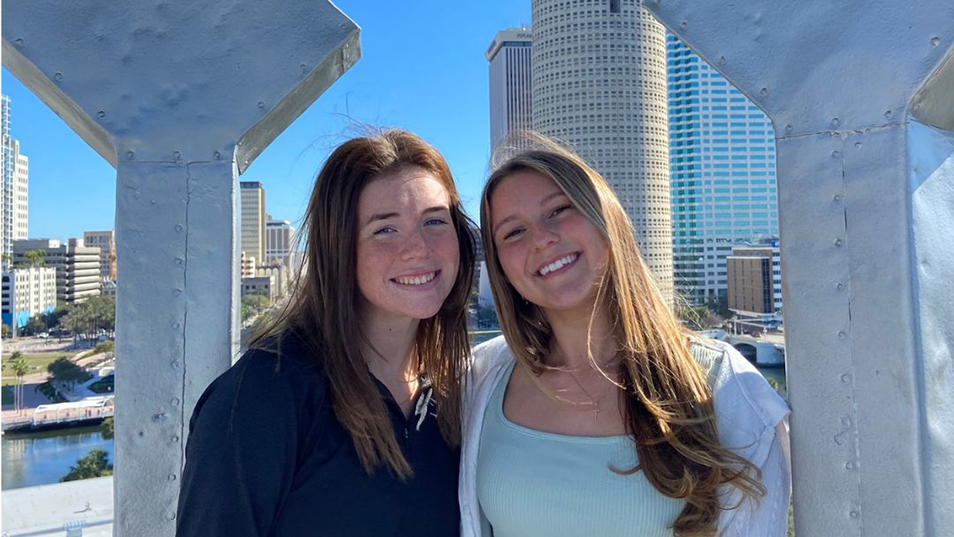Published: November 21, 2023
Emergency Simulation Provides Valuable Student Experience
A simulated natural gas explosion on Saturday gave UT students a unique opportunity to practice what they are learning in the classroom.
 A simulated natural gas explosion on Saturday gave UT students a unique opportunity to practice what they are learning in the classroom. Photo by Dhonnie Labang
A simulated natural gas explosion on Saturday gave UT students a unique opportunity to practice what they are learning in the classroom. Photo by Dhonnie Labang
The mass casualty training brought together healthcare students from the EMS, nursing, physician assistant, medical resident, athletic training and allied health professional programs with community partners, while actor participants displayed simulated and varying levels of injury.
Allison Kaczmarek, assistant professor and clinical director of physician assistant medicine, called the exercise “interprofessional collaborative education."
The key to interprofessional collaboration, she said, is to learn with, from and about each other. The students learn to provide care as a team member, not just in their respective fields, she explained.
The event staged on campus near the Jenkins Health and Technology Building allowed for hundreds of simulations in 20 beds. Thirty student patient-actors had the appearance of injuries, and they received envelopes detailing the extent of their “injuries,” so they could be triaged, said Johnna Yealy, chair and associate professor and founding director of the physician assistant medicine program at UT.
The "patients" were triaged depending on their injuries, some to a surgical simulation and others to areas set up like hospital admissions and discharge stations.
“We all pray nothing like this will ever happen in our community, but as a community, we need to be aware of the possibilities and learn how to prepare for such an event,” said Kristy Grosse ’24, a student in the physician assistant cohort, who participated as a scene cadre, helping to set up patient profiles.
“Being prepared is essential to know what our individual roles would be in the event of a mass casualty, and to learn the roles of our other colleagues in a safe learning environment.”
During the simulation, Kaczmarek portrayed a simulated sudden cardiac death, and students initially thought the incident was real, she said.
“They did really well,” Kaczmarek said, “They transported me to the ER and were able to shock me back.”
There was also an emergency room physician in each simulation.
Kiera Davis ’24 participated as a trauma PA.
The simulation offered her an invaluable opportunity to gain insights from various professions and foster a deeper understanding of interprofessional collaboration, she said.
“Personally, being in the trauma bay for this simulation allowed me to not only practice intubations on our high-fidelity mannequin but also an amazing learning opportunity from the guidance of the doctors who also participated in the simulation,” Davis said.
She added that she learned the significance of “closed-loop communication,” where when the receiver gets a message, they repeat it back to prevent potential errors and ensure understanding.
“With multiple things happening at once, the practice of closed-loop communication was essential so that everyone is on the same page,” Davis said. “To my surprise, this approach operated exceptionally well, contrary to the expected chaos within the trauma bay.”
Have a story idea? Contact Brianna Kwasnik, Digital Content Editor/Writer
Read more UT Life stories.
Subscribe to News and UT Life.



